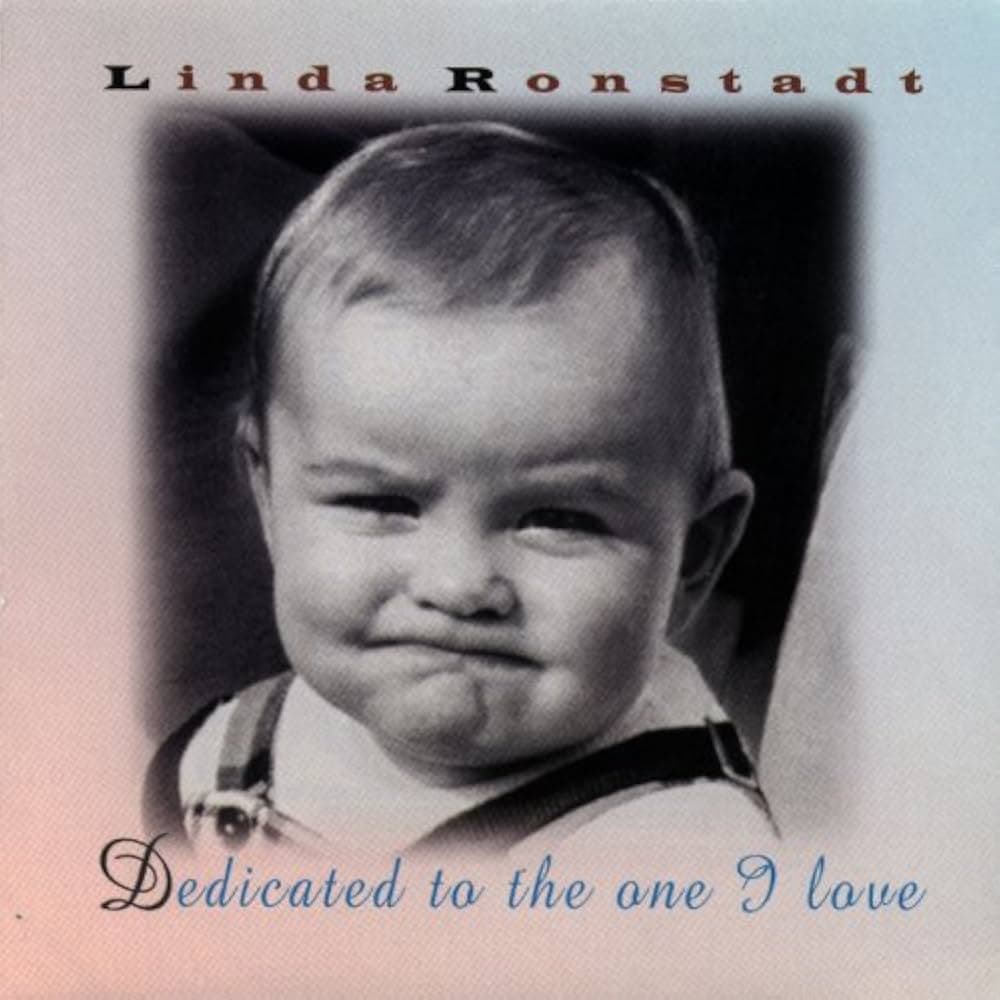
A lullaby that carries the weight of memory, tenderness, and the quiet endurance of love
When Linda Ronstadt released her 1996 album Dedicated to the One I Love, she offered more than a collection of reimagined classics. She delivered an unexpected artistic statement: a project built from lullabies and soft-toned reinterpretations intended for nighttime listening, yet crafted with the same emotional precision that had long defined her career. While the title track, “Dedicated to the One I Love,” was not pushed as a charting single, its presence on the album instantly drew attention because Ronstadt was taking a song already beloved from the 1960s and returning it to its most intimate origin—the simple act of singing to someone you love in the dark.
The power of Ronstadt’s version rests not on commercial performance but on the lineage she chose to honor. First recorded in the late 1950s and immortalized in the 1960s by The Shirelles and later by The Mamas and the Papas, “Dedicated to the One I Love” has long served as a testament to devotion spoken quietly rather than shouted. Ronstadt understood that history. Instead of mimicking the soaring harmonies or bright pop spirit of earlier versions, she lowered the lights, slowed the breath of the melody, and allowed the song’s emotional architecture to reveal itself detail by detail.
Her interpretation becomes a meditation. The arrangement is hushed, wrapped in warm acoustic textures and softened rhythmic contours, drawing the listener into an almost private exchange. Here, the song is no longer about longing across physical distance. Instead, it becomes an invocation of presence—an expression of care given through stillness. Ronstadt’s voice glows at a low flame, rich with maturity, carrying the sense of someone who has lived long enough to understand that love’s truest declarations are often whispered.
This shift in framing is what gives her recording its lasting resonance. By 1996, Ronstadt had already moved beyond the pop and rock heights of her earlier decades and entered a period of artistic exploration: standards, Mexican folk music, orchestral arrangements, children’s music. “Dedicated to the One I Love” sits at the crossroads of that evolution. It reveals an artist unafraid to reinterpret the familiar and unhurried in her approach to emotional expression. The song becomes a bridge between generations—parents singing to children, lovers holding each other after years marked by joy and fracture, listeners rediscovering a melody that once scored their youth.
In Ronstadt’s hands, this standard transcends nostalgia. It becomes a living reminder that love, at its strongest, asks for nothing more than presence. Her version invites adults—especially those who remember earlier recordings—to pause, breathe, and hear the song anew. It is a lullaby for the heart as much as for the child, a quiet devotion that lingers long after the final note fades.